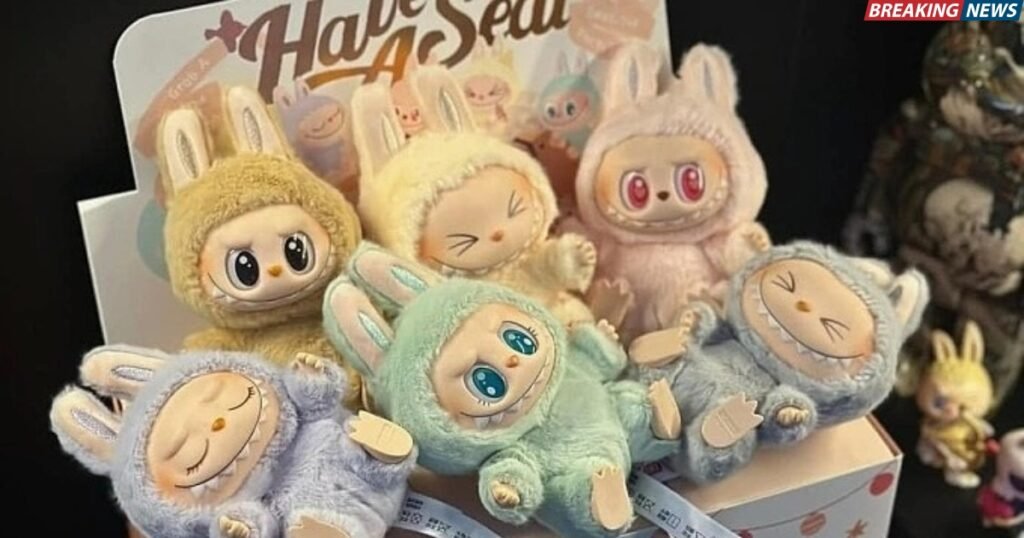
A quirky, bug-eyed plush toy named Labubu has taken over the internet by storm and is becoming the must-have accessory and collectible for fans worldwide. But what is it? And why is the doll so famous? From K-pop celebrities like Lisa to Indian celebrities like Ananya Pandey, they are also embracing the doll—making it part of their look. The distinctive charm of Labubu has captivated diverse audiences, transforming it from a niche art toy into a global phenomenon. Hang on and know the impact of the Labubu doll and its origin.
Origin: From Storybook Character to Collectible Icon
The Labubu dolls were part of Kasing Lung’s story series “The Monsters,” which was influenced by Nordic folklore and mythology. It originated in 2015 as a series of three Nordic fairy tale picture books. The picture book acquired a world of whimsical creatures, including the famous Labubu, Pato, Spooky, and Zimomo.
The series was famous for its unique blend of good and evil within the monster tribe. Every monster in the book has their own nature and role, where Labubu is depicted as a mischievous yet kind-hearted elf with sharp teeth and wild hair. The popularity of the character took over after Lung partnered with Chinese toy company Pop Mart in 2019. They started producing Labubu figures in blind box formats, adding an element of surprise to each purchase.
The Viral Surge: Celebrity Endorsements and Social Media
In this digital era, interests do not remain hidden for long, as soon as something is liked, it becomes a trend. Similarly, Labubu’s rise to fame can also be attributed to strategic celebrity endorsement and viral social media content. Apart from Lisa and Ananya Pandey, there are also other celebrities like Rihanna, Dua Lipa, and Simone Biles who have joined the trend with their Labubu Dolls. Therefore, the celebrities are fueling the interest in these dolls on the internet.
Economic Impact and Market Expansion
Whenever something becomes a trend, people try to become part of it. The same goes with the Labubu dolls, now that celebrities are making the dolls part of their accessories, the sales have peaked. For the last year, the company’s revenue has doubled to $1.81 billion, with toy sales driven largely by adult consumers.
As Pop Mart expanded their reach to new stores in regions like Southeast Asia and Australia, the Labubu craze got hype within new markets. Even in Thailand, Labubu was even appointed as an “Amazing Thailand Experience Explorer” by the Tourism Authority. It highlights the cultural impact and role in promoting tourism.
Psychological Appeal and Community Building
The Labubu dolls are designed with a touch of eeriness, which taps into psychological triggers that elicit strong emotional responses. The collectors generally report feelings of joy and stress relief when interacting with the dolls. Furthermore, the collection of these dolls on the basis of community aspects cannot be overlooked.
Social media groups, online forums, and fan pages have created a sense of belonging among enthusiasts—fostering connections and shared experiences. Therefore, the communal engagement has further amplified the toy’s popularity and sustained interest.
End Note
The sudden rise of Labubu dolls from a niche character in a picture book to a global cultural icon exemplifies the power of strategic marketing, community engagement, and celebrity influence. Considered as both a fashion accessory and a collectible, Labubu dolls resonate with a diverse audience, reflecting broader trends in consumer behavior and the intersection of art, commerce, and identity.
The enduring appeal of Labubu suggests that the “cute yet creepy” elf will remain a prominent figure in pop culture as a necessary collectible for the foreseeable future.


